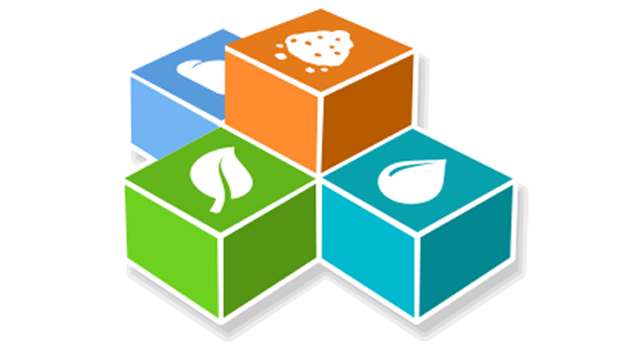PROTOCOL CERTIFICATION guide
GLOBE Members can enter measurements for all GLOBE protocols by becoming protocol certified.
Use our step-by-step guide to see which modules are required. Explore the selected online protocol eTraining modules and then complete the assessment test for each required module.
Use our step-by-step guide to see which modules are required. Explore the selected online protocol eTraining modules and then complete the assessment test for each required module.











